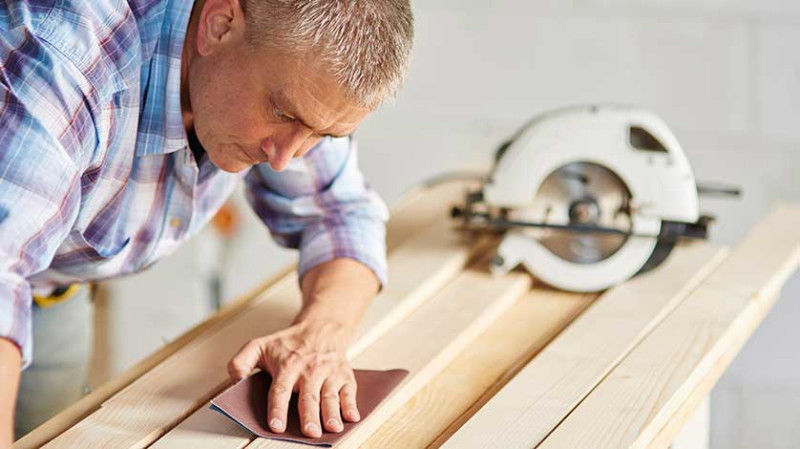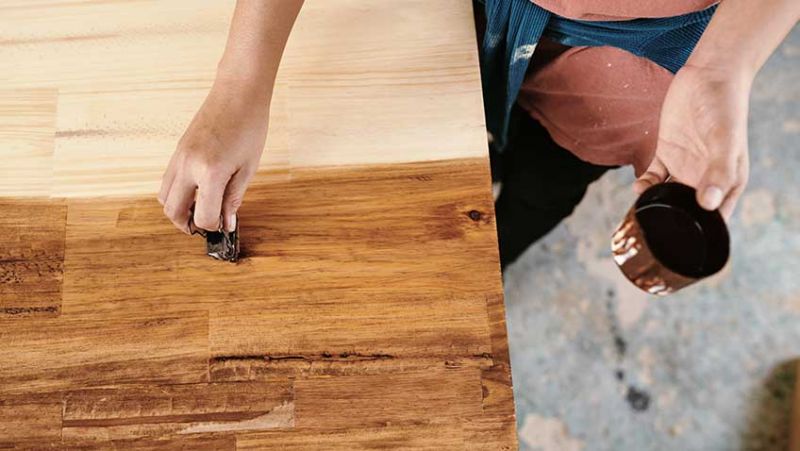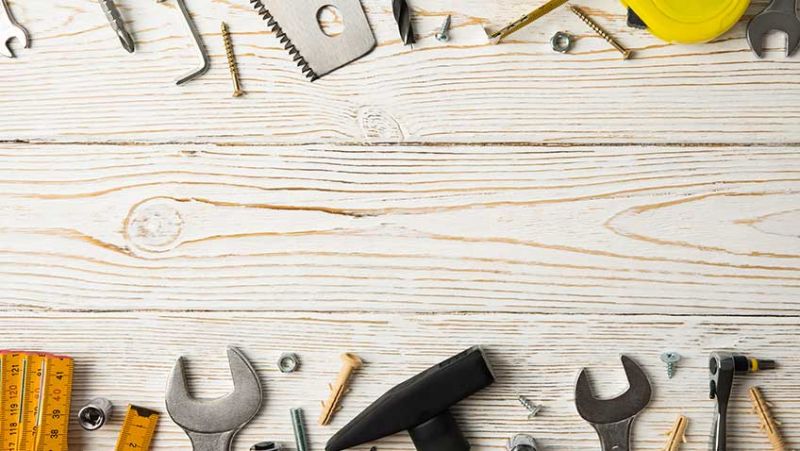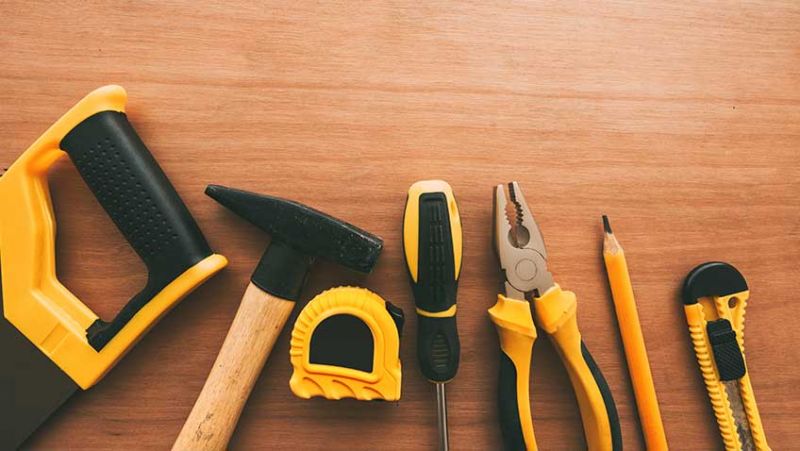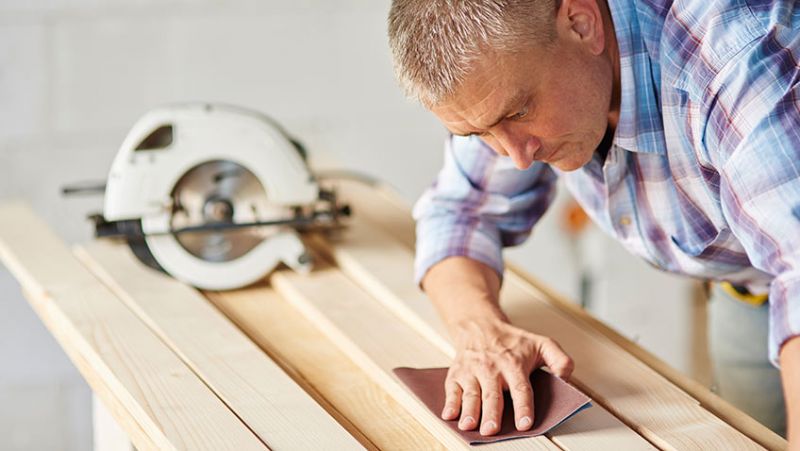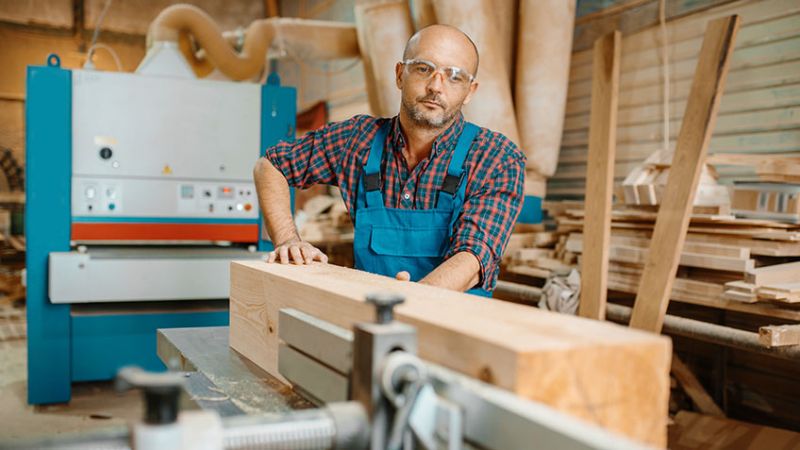
Do you have carpentry questions? We are here to help you then. In order to answer your most common carpentry questions and provide you with some handy tips from the kitchen, here are some great hacks and ideas provided by professional carpenters.
How to Perfect Miters?
In order to be able to create the perfect miter when you are DIY-ing a project or you simply want to learn how to do it, professional carpenters recommend always practising on test pieces first. In fact, fine-tuning a miter in order to achieve flawless results and the perfect fit is often a detailed job that requires attention and patience and is a trial-and-error process even for experienced carpenters. Therefore, professional carpenters recommend you to first test with smaller pieces until you are able to get the miter saw set to exactly the right angle you are going for. Once you achieve the right angle, you can cut the piece.
No Strings and Stakes
It is a common thing you can see everywhere, the sight of a stake and board contraction that is set up to hold strings that help position postholes or help for laying out footings and building footprints. But just because you see it done this way often, it does not mean is the best, most efficient, or convenient way. The better way to do things is by simply tacking together the construction lumber so you are able to outline the structure, then square it up and use it as a template to do all the following marking. Then you can set it aside when you are doing the digging and replace it to set the posts.
Framing Made Easy
Framing materials for walls may sound like rocket science to you, but it is really not that complex to do it right and you don’t need a math degree to get the right measures. In fact, one simple formula can help a lot. No matter how many doors, windows, and corners the walls have, this simple formula works every time. So all you need in order to get the right measures is one stud per linear foot of the wall and five linear feet of plate material, which includes bottoms, tops, and ties, per linear foot of the wall.
Trim Gun
Hand-nailing is too old-fashioned and can be very boring and even tiring when you have a lot of nails to deal with. An air-powered trim gun is a tool that definitely worth the purchase and it will help you achieve all results significantly faster, with less effort, better, and neater. When hand-nailing, there is always the risk of slits, predrilling, or knocking the piece out of place with your hammer. However, when using a trim gun, there are no such risks and issues,
Marking Instead of Measuring
Another very helpful way to make your carpentry experience easier and faster is marking instead of measuring everything you need to cut. In fact, marking will give you a better idea of what to cut. With measuring, there is always the risk of mismeasuring, which may end up in cutting a piece wrong. Remember, pieces of wood and lumber materials are often not that cheap and by cutting it wrong you will simply waste money, your time, energy, and nerves. So holding the trim in place and marking it will always give you more accurate results than measuring.

